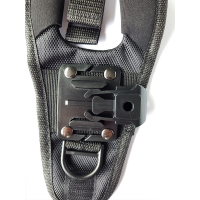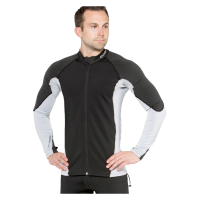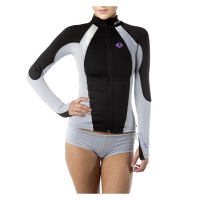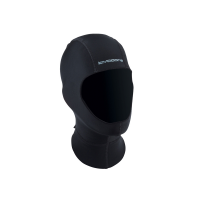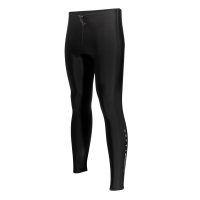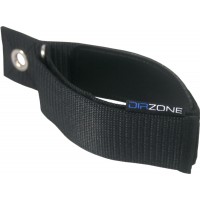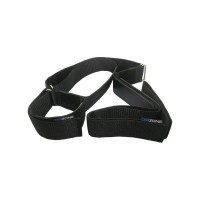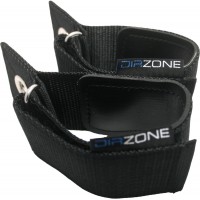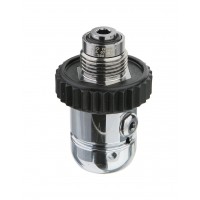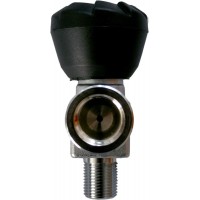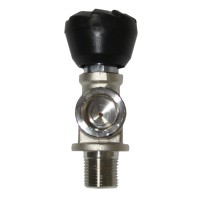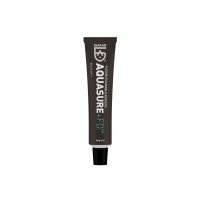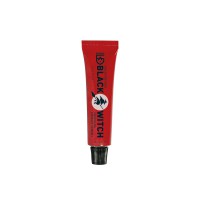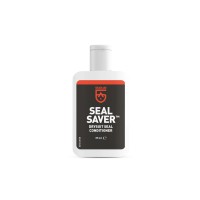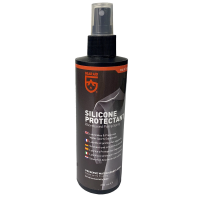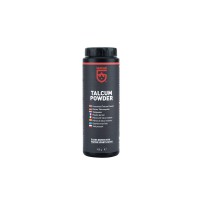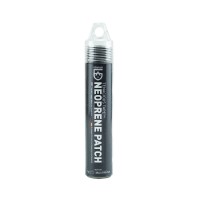Diving Suits
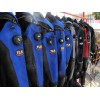
What are Diving Suits?
Diving suits are a kind of outer suit that divers wear to keep themselves warm during dives.
How do Diving Suits help?
The human body loses heat 25 times faster underwater than in air. Hence it is essential that divers have something on hand that keeps them warm especially during dives in colder conditions. Diving suits offer that as it helps to trap heat by allowing small amounts of water to be heated up and circulated around the diving suit using one’s body heat. This helps keep the diver warm throughout the entire dive and can help prevent potential hazards such as hypothermia in colder waters.
What are the different kinds of Diving Suits?
There are many varying kinds of Diving Suits but the most common are Wetsuits & Drysuits.
Wetsuits are made of neoprene material and are designed to fit tightly against the skin to trap a thin layer of water between the body and suit. The trapped water is then warmed by the body's heat, providing insulation from the cold water. Wetsuits are available in varying thicknesses and styles, with shorties or springsuits being ideal for warmer waters and full-length wetsuits for colder waters.
Drysuits are designed to keep the diver completely dry and are typically made of a waterproof material such as Gore-Tex or vulcanized rubber. Drysuits usually have built-in boots and wrist seals, and the neck seal is attached to a hood to create a watertight seal around the head. Drysuits require specialized training to use and require additional equipment such as undergarments to provide insulation.
In addition to these two main types of suits, there are also semi-drysuits which are a hybrid of a wetsuit and drysuit. They are designed to minimize water exchange between the body and the suit, and are typically made with a neoprene core and waterproof seals at the neck, wrists, and ankles. Semi-drysuits offer some insulation properties, but not as much as a full drysuit.
Refine Search
Divepro Z08 Quick Release Dive Glove
The Divepro Quick Release Dive Glove is suitable for S26/S40/D40F/M35/Canister...
SGD 23
Lavacore Elite SUP Jacket Men
The Lavacore Elite SUP Jacket Men is designed specifically for SUP paddlers, and can also be used fo..
SGD 175
Lavacore Elite SUP Jacket Women
The Lavacore Elite SUP Jacket Women is designed specifically for SUP paddlers. The SUP Elite jacket ..
SGD 175
Lavacore Hood
The Lavacore Hood is designed for protection against wind and thermal loss in warmer water or is equ..
SGD 39
Lavacore Unisex Pants
The Lavacore Unisex Pants can be worn alone or as an undergarment where comfort and warmth are essen..
SGD 180
DIR Zone Argon Strap - 100 mm
The DIR Zone Argon Strap - 100mm is for mounting a small argon bottle (100mm diameter) directly on a..
SGD 63
DIR Zone Argon Strap - 14 cft
The DIR Zone Argon Strap - 14 cft is for securing the bigger (1.5 - 2L) argon bottle to the double t..
SGD 84
DIR Zone Argon Straps - 85 mm
The DIR Zone Argon Straps - 85 mm is for mounting a small 1 litre argon bottle directly on a backpla..
SGD 60
DIR Zone Drysuit Inflation 1st Stage
The DIR Zone Drysuit Inflation 1st Stage is small and compact. It is designed for drysuit inflation ..
SGD 130
DIR Zone Inline Valve M18 230 Bars
The DIR Zone Inline Valve M18 230 Bars is designed to be used with 1L or 0.85L cylinders. It is idea..
SGD 79
DIR Zone Inline Valve M25 230 Bars
The DIR Zone Inline Valve M25 230 Bars is designed to be used with cylinders from 2L and larger. It ..
SGD 85
Gear Aid Aquasure FD Repair Adhesive
Repair all types of gear failures with Gear Aid Aquasure FD Repair Adhesive. It’s a clear, waterproo..
SGD 24
Gear Aid Aquasure Neo Black Witch Neoprene Contact Cement
Aquasure Neo Black Witch Neoprene Contact Cement is suitable for quick repairs to Neoprene, rub..
SGD 21
Gear Aid Cure Accelerator X
The Gear Aid Cure Accelerator X (formerly Cool 240) speeds up the curing time for Aquasure FD, SR, a..
SGD 23
Gear Aid Revivex Odor Eliminator
Gear Aid Revivex Odor Eliminator is a powerful blend of microbes that quickly and easily eliminate o..
SGD 35
Gear Aid Revivex Wetsuit & Drysuit Shampoo
You know the smell: wetsuit funk. It’s not pretty, but it is preventable—and so is the chorine and s..
SGD 21
Gear Aid Seal Saver Drysuit Seal Conditioner
Gear Aid Seal Saver Drysuit Seal Conditioner protects, and conditions dry suit seals, gaskets, O-rin..
SGD 20
Gear Aid Silicone Protectant Spray
Gear Aid Silicone Protectant Spray is the only silicone lubricant you need. Just spray it on your di..
SGD 21
Gear Aid Talcum Powder
Gear Aid Talcum Powder is suitable for all type of latex seals, whether they are fitted to a diving ..
SGD 19
Gear Aid Tenacious Tape Iron-On Neoprene Patch
With Tenacious Tape Iron-On Neoprene Patch, you can fix rips, holes and tears on anything made ..
SGD 34

